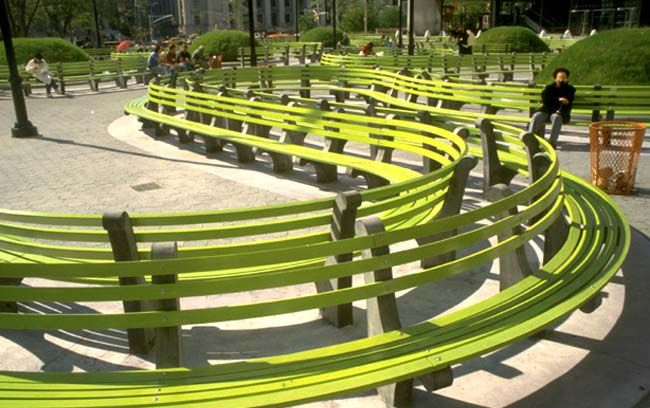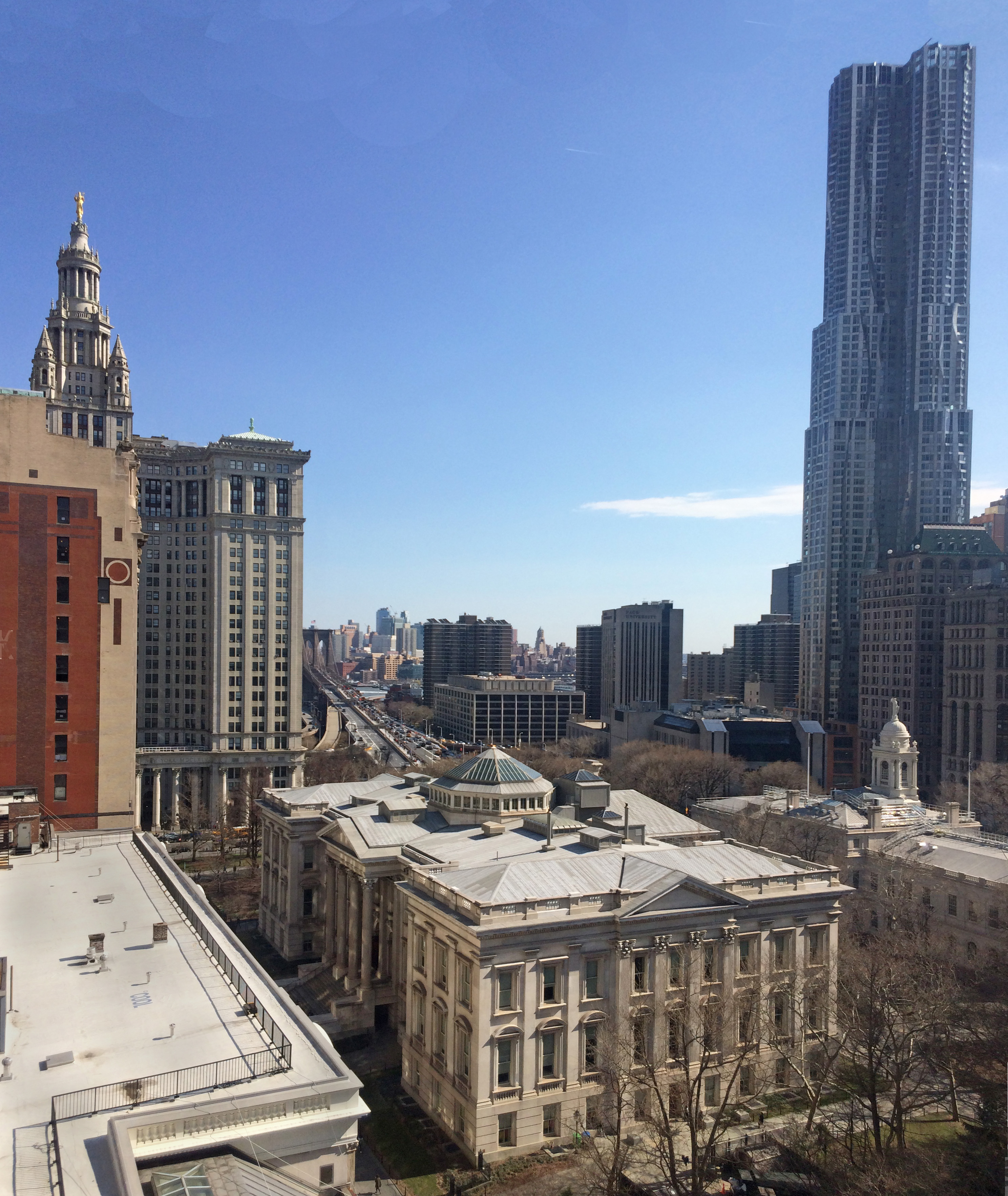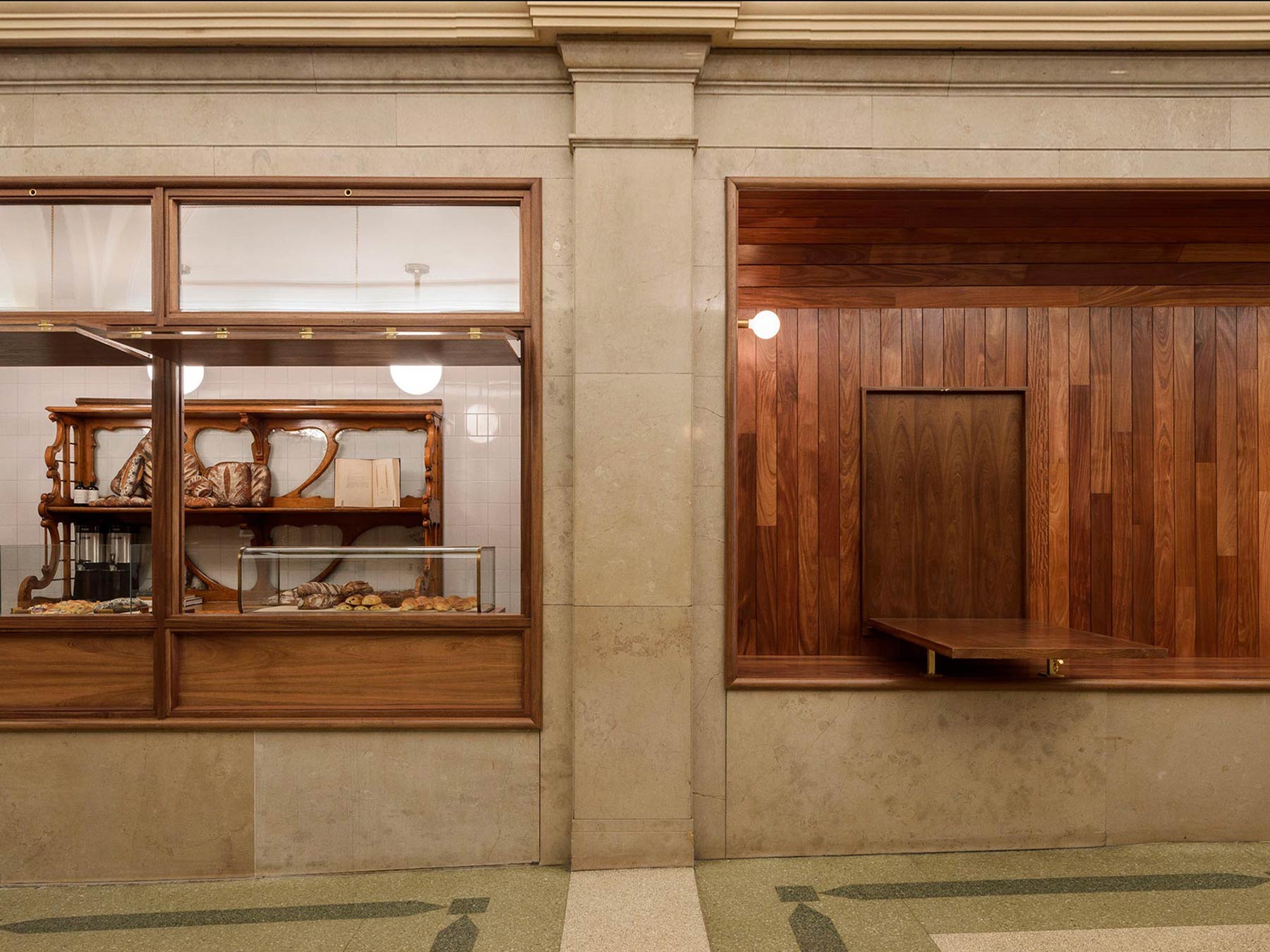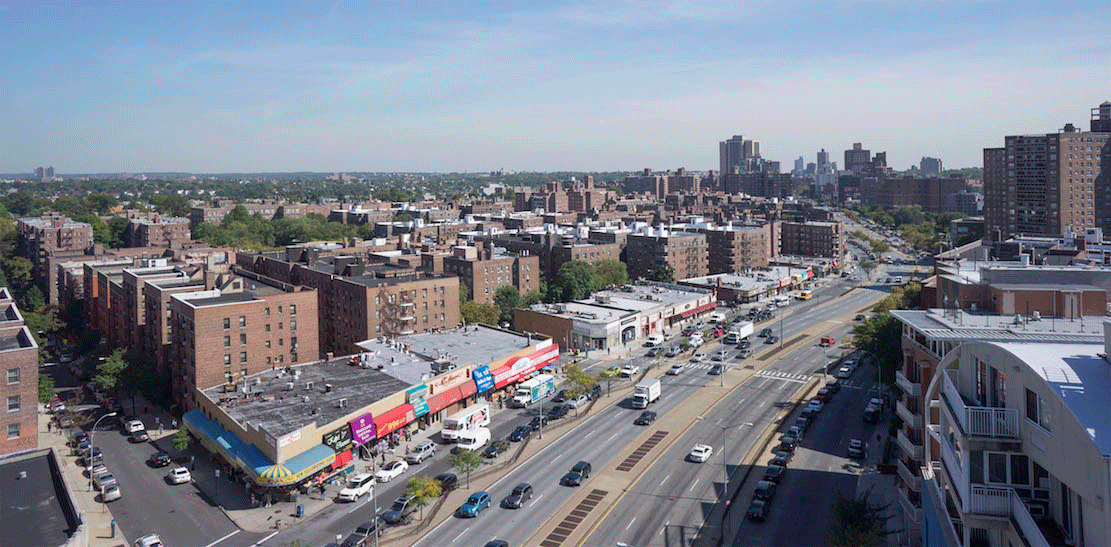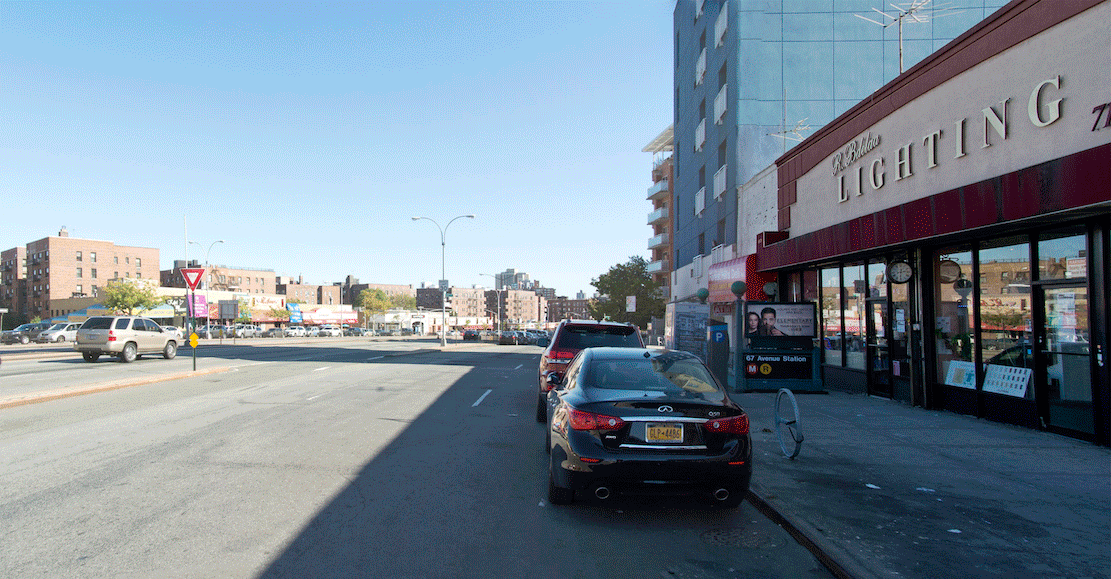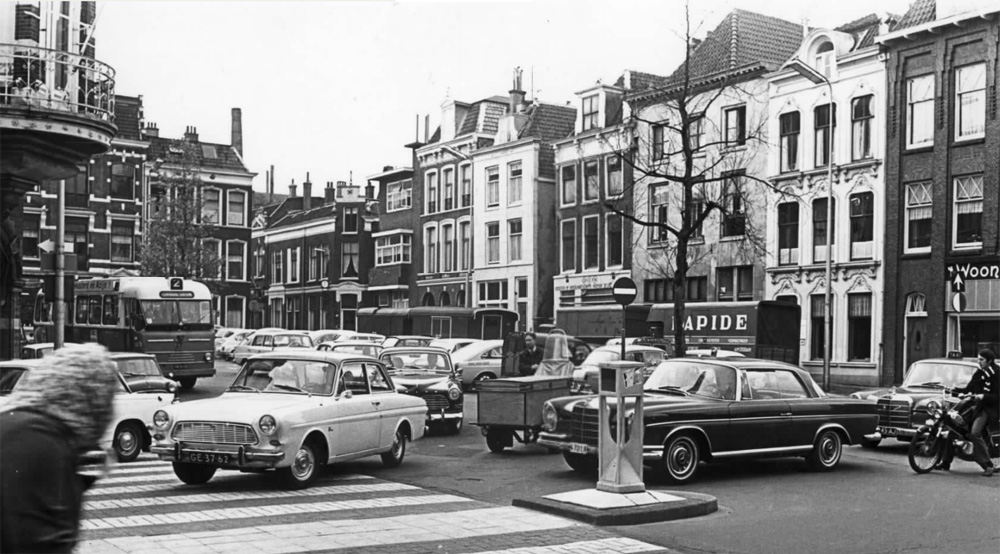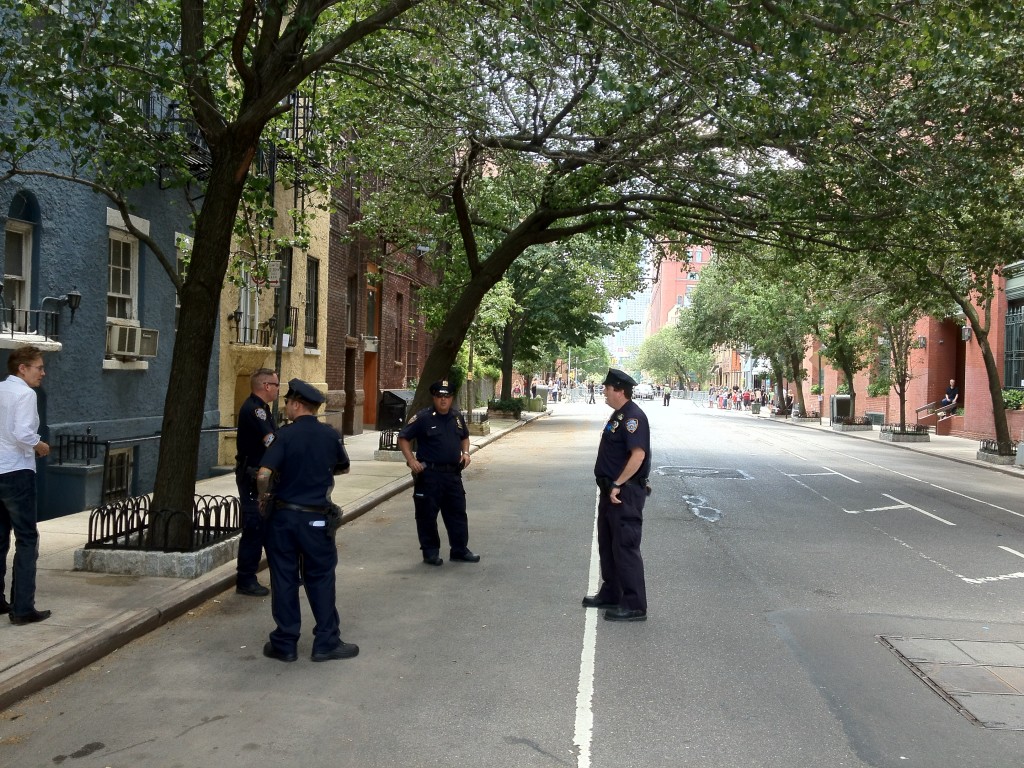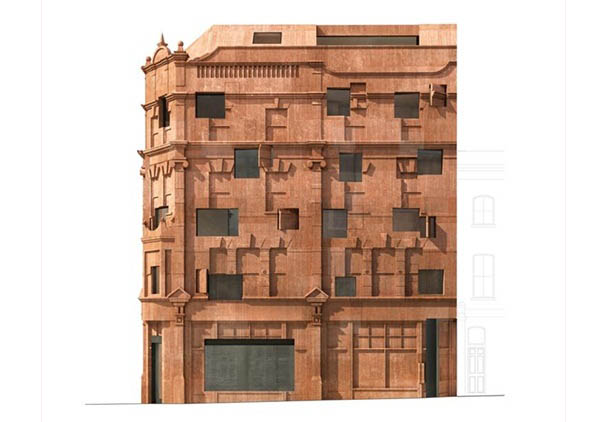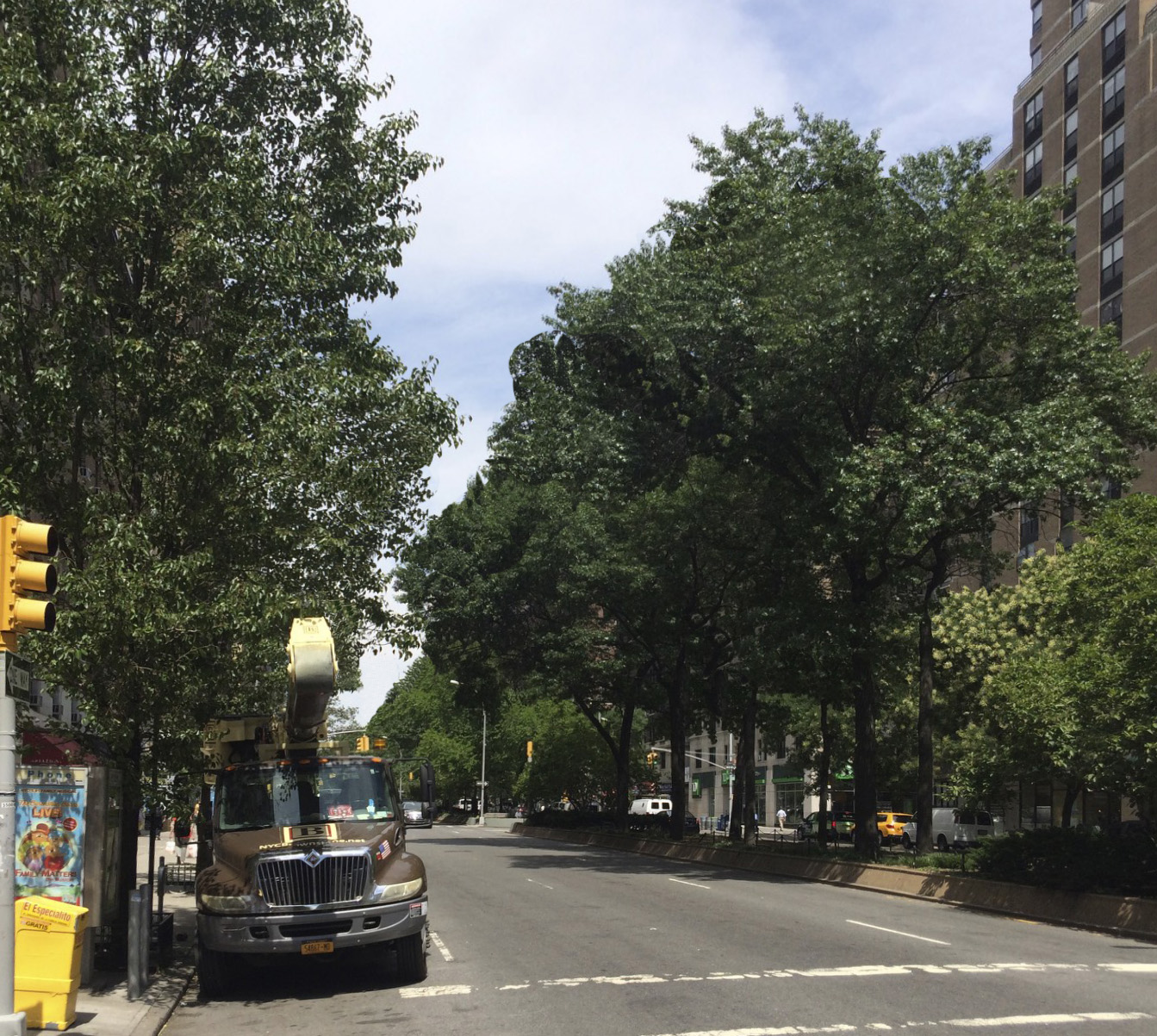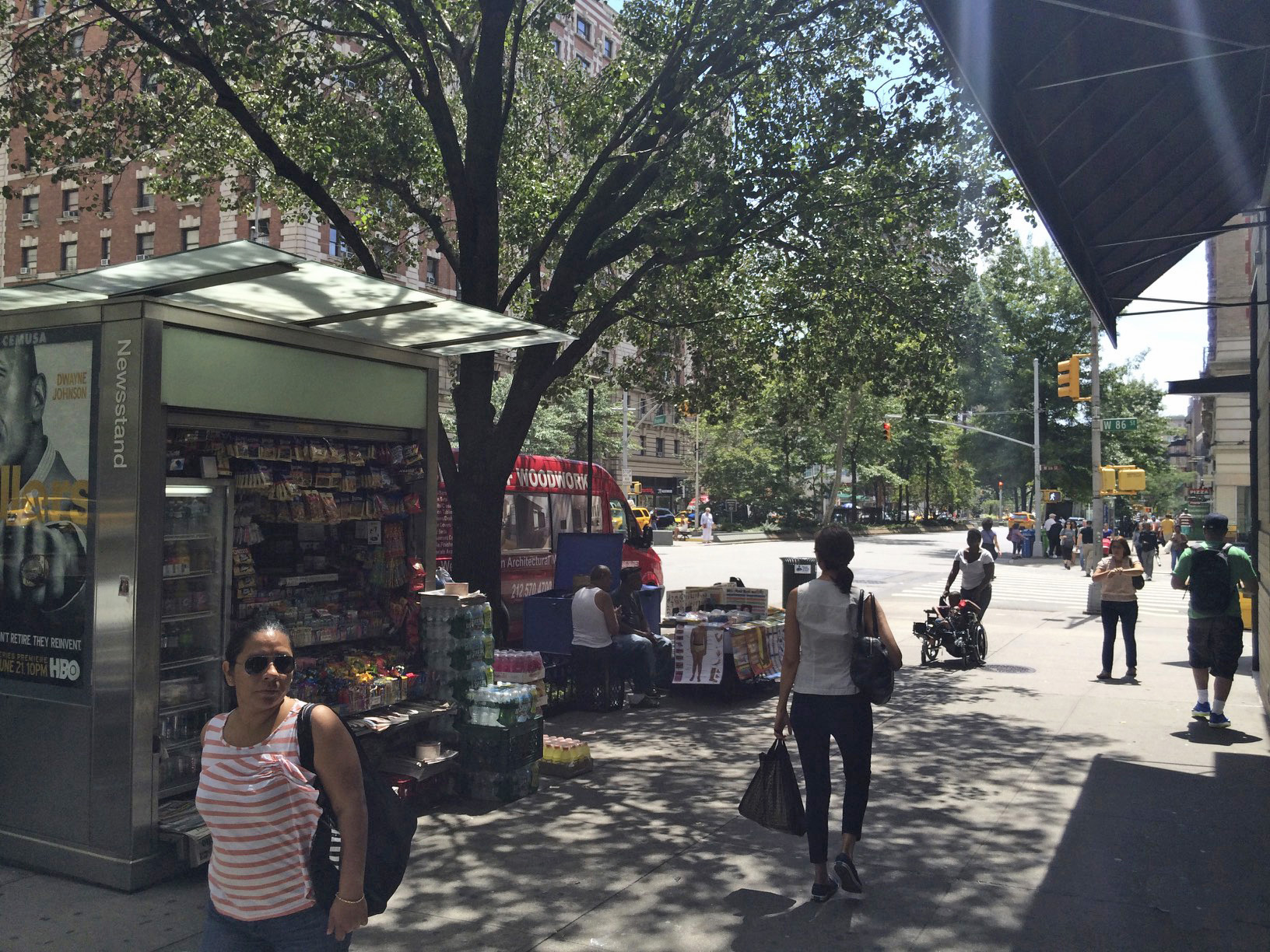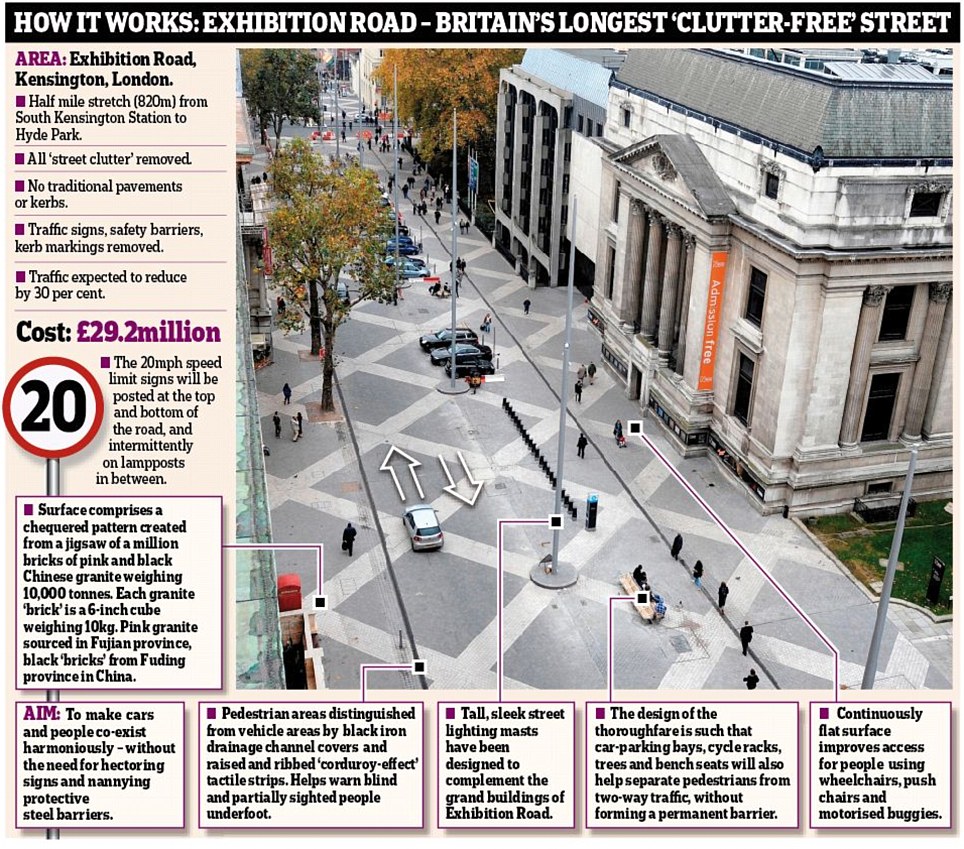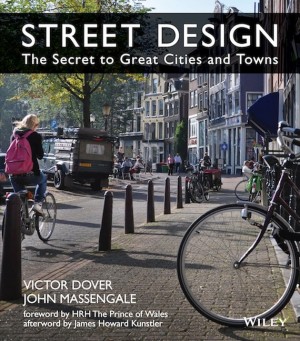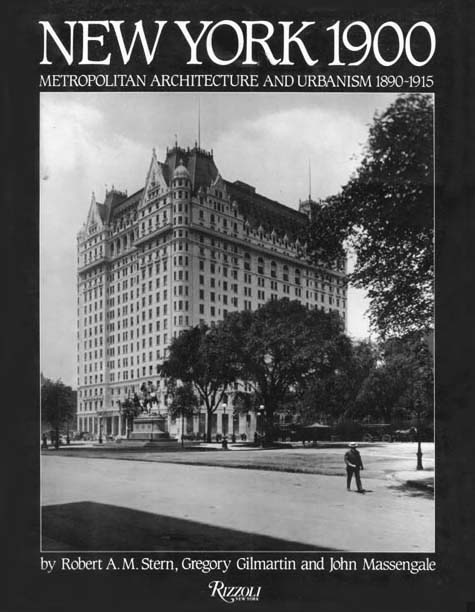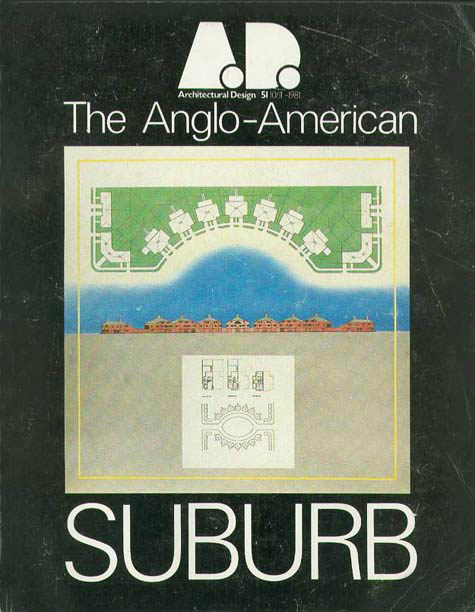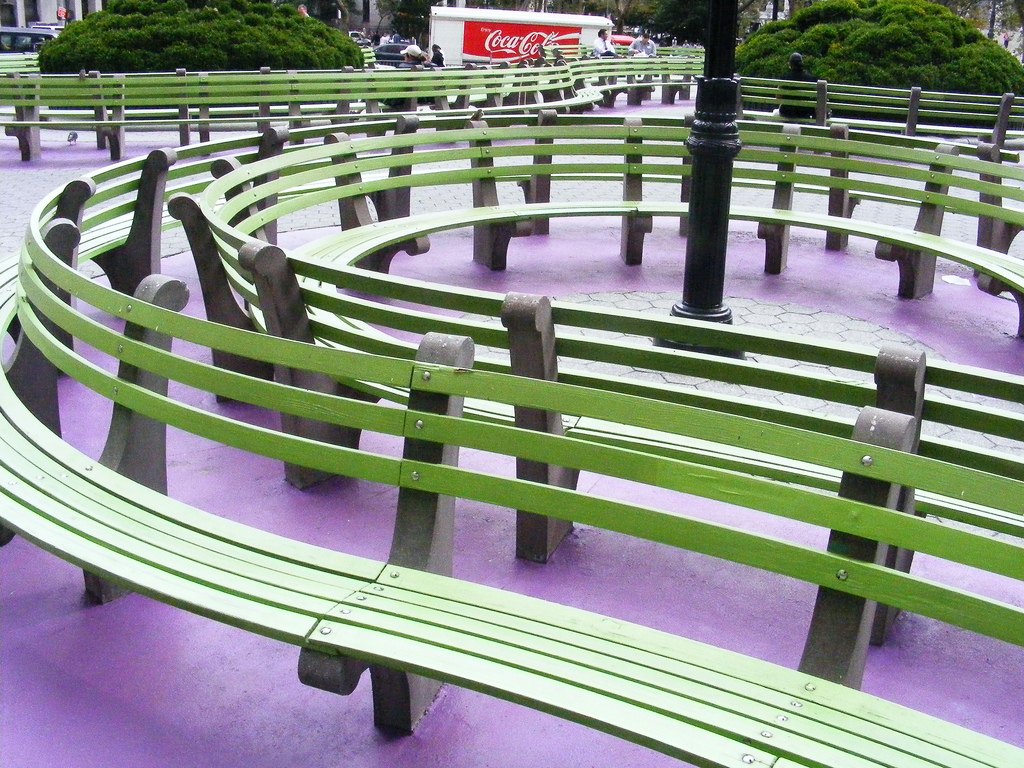
WE ALL UNDERSTAND that in architecture Modernism has promoted the expression of industrial materials. For one hundred years, its proponents have declared that Modernism is not a style but a rational, modern way of building.
Last week, I happened to see three new New York City parks that had curving benches like the ones in the photos above and below. It made me realize an obvious point I had somehow never thought of before: the visual character of Modernist landscape architecture is almost entirely a matter of fashion.
There is nothing in the nature of a bench that says “Curve me,” yet curving benches are the new landscape cliche around the country and the world. Why? Because they are not traditional.
Regional varieties of plants and trees are a good modern fashion, but of course traditional gardening was regional before the Industrial Revolution brought global trade, greenhouses, and then modern fertilizers. Where Modernism enters the picture is in planting the trees and plants in ways that don’t look traditional.
What does “traditional” mean in this case? In many ways it means “using placemaking”—using design to shape places where people feel comfortable. That can mean, for example, lining trees up in an allée that creates a majestic canopy that roofs an “outdoor room” between the trees. Or lining benches up and placing them opposite each other to shape a comfortably proportioned space. Neuroscience and modern cognitve research show that there proportions and geometries humans innately respond to, the same harmonic proportions used in Classical art, architecture, and music for millennia.
Arranging benches like the ones above are the opposite of placemaking. Instead of shaping space, the benches create a two-dimensional pattern best seen in the landscape architect’s drawings. It’s not surprising that if you make a Google image search for benches like this, you won’t see many people sitting on the benches.
